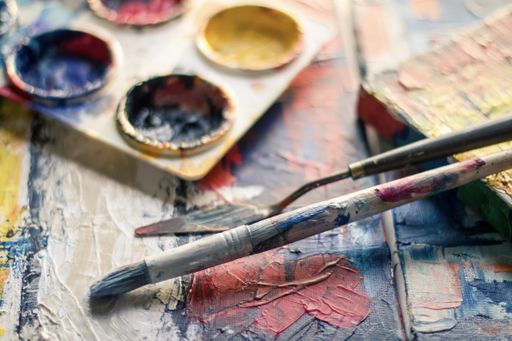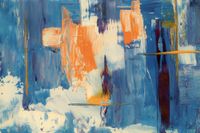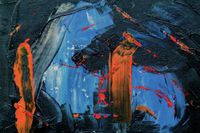Inside Mexico City’s Meteoric Rise to Art World Capital
Mexico City has quickly become one of the most vibrant and exciting art scenes in the world, attracting artists, galleries, and collectors from around the globe. With the opening of four major art and design fairs, the artistic strength and depth of the Mexican capital are on full display.

Artistic Strength and Depth
Mexico City has seen a surge of artists moving in from all over the world, drawn by the city's affordable studio spaces and vibrant arts culture. According to Jérôme Sans, the artistic director, it is a happening place for art, design, cinema, and food. The city offers the perfect combination of creative spaces and a rich history of art appreciation.
The art scene in Mexico City has been heavily influenced by international galleries and collectors, who have recognized the city's potential. Some notable galleries that have recently opened in the city include Galerie Nordenhake, Morán Morán, Mariane Ibrahim, and Deli Gallery. These international galleries have joined a growing network of local galleries, creating a dynamic and diverse art scene.
The rise of Mexico City as an art world capital is also attributed to the support of major art collectors, such as Eugenio López, Carlos Slim, and Antonio del Valle Ruiz. These collectors have established museums and galleries that showcase Mexican and international artists, creating a vibrant art community.
From Nomadic Spaces to Established Galleries
In the past, Mexico City had limited galleries showcasing contemporary art. However, in the 1990s, several artist-run spaces and pop-up exhibitions began to emerge. These spaces, such as Galería OMR and La Panadería, provided a platform for local and international artists to exhibit their work and exchange ideas. The success of these experimental spaces paved the way for the establishment of more permanent galleries in the early 2000s.
Galleries like kurimanzutto, which was founded by Gabriel Orozco, José Kuri, and Mónica Manzutto, played a crucial role in supporting emerging artists and promoting conceptual art. These galleries embraced experimental and nomadic exhibition formats, organizing shows in unconventional locations like market booths and supermarket parking lots. Over time, these galleries grew in influence and moved to dedicated exhibition spaces, contributing to the city's growing prominence in the art world.
Today, Mexico City boasts a thriving gallery scene, with a mix of established galleries and newer spaces. Homegrown galleries like LLANO, Campeche, and General Expenses are joining forces with international galleries, creating a diverse and exciting art landscape in the city.
Zona Maco and the Global Art Connection
Zona Maco, one of the most prominent art fairs in Mexico City, has played a vital role in connecting the local art scene with the international art market. The fair, founded by Zelika Garcia, started as a small exhibition in Monterrey before moving to Mexico City. It has since become a major platform for local and international galleries to showcase their artists and attract collectors.
Over the years, Zona Maco has grown in size and reputation, attracting top galleries like Pace Gallery and Galeria Continua alongside local favorites. The fair has become an essential event on the art calendar, drawing museum groups and collectors from around the world. It has helped elevate Mexico City's status as an art world capital and has contributed to the city's thriving art scene.
As Mexico City continues to evolve and grow as an art hub, its influence in the global art market is becoming increasingly significant. The city's vibrant artistic community, combined with the support of collectors and institutions, has created a dynamic and exciting environment for artists, galleries, and art enthusiasts.



